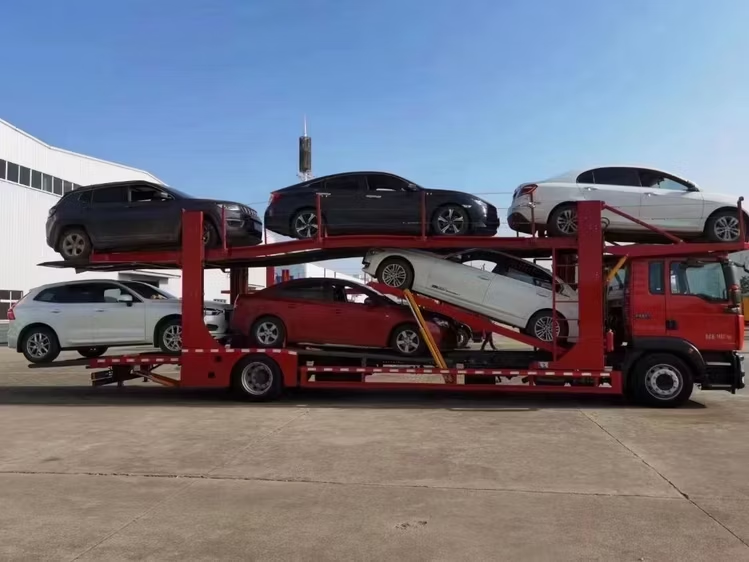
Choosing the right car carrier is crucial if you plan to move vehicles safely and efficiently. Whether you’re a business transporting multiple cars or an individual shifting a single vehicle, a reliable carrier can save time, effort, and money. With numerous options available on the market, it’s essential to know what to look for before making a purchase.
Understand Your Requirements
Before exploring the market, assess your own needs. Are you moving one car or several? Is the use one-time, seasonal, or frequent? The size and weight of the vehicle you intend to carry also play a key role in deciding the carrier size and type.
Types of Car Carriers
Car carriers are generally of two types: open and enclosed. Open carriers are cost-effective and lighter, making them easier to manage and transport. Enclosed carriers offer better protection from dust and weather, but are more expensive. If you’re buying a car carrier for personal use, a single-vehicle unit might be sufficient. Businesses may prefer multi-vehicle trailers for higher efficiency.
Key Features to Look For
Look for a strong frame built with corrosion-resistant steel or aluminium. A good car carrier should have ramps for easy loading and unloading, reliable braking systems, and secure tie-down areas. Load capacity should always exceed your vehicle’s weight for added safety. Pay attention to wheelbase length and ground clearance for smooth operation.
Legal and Safety Considerations
Each region has different regulations regarding the size and weight limits of carriers. Ensure your choice complies with local road rules and suits your existing tow vehicle well. Proper lighting, number plates, and brake connections are essential to avoid fines or accidents.
Budget and Maintenance
Weigh the cost of buying versus renting. If your usage is regular or business-related, ownership may offer better value. Keep in mind the maintenance needs – regular checks on tyres, brakes, joints, and wiring help keep the carrier in good shape. Select a brand or service provider that provides accessible customer support and readily available replacement parts. There are many providers that give car carrier for sale too. You can contact them and get yourself a carrier budget.
Practical Use: Driving a Trailer
If you’re new to driving a trailer, start by practising in an open space. Make wide turns and check your mirrors often. Maintain a steady speed and avoid sudden braking. Properly balancing the load is vital to prevent swaying and loss of control.
Handling While Driving a Trailer
Driving a trailer requires a different approach compared to everyday driving. Reversing takes practice, as the trailer moves in the opposite direction to the steering wheel. Always drive more slowly than usual, especially in poor weather conditions. Keep a safe distance and remember that your stopping distance increases with the trailer load.
Conclusion
Choosing the right car carrier depends on understanding your needs, knowing what features to look for, and preparing for the realities of towing. From checking build quality to practising safe trailer driving, every step helps ensure a smooth experience. Take the time to research before buying, and you’ll invest in a solution that serves you well for years to come.